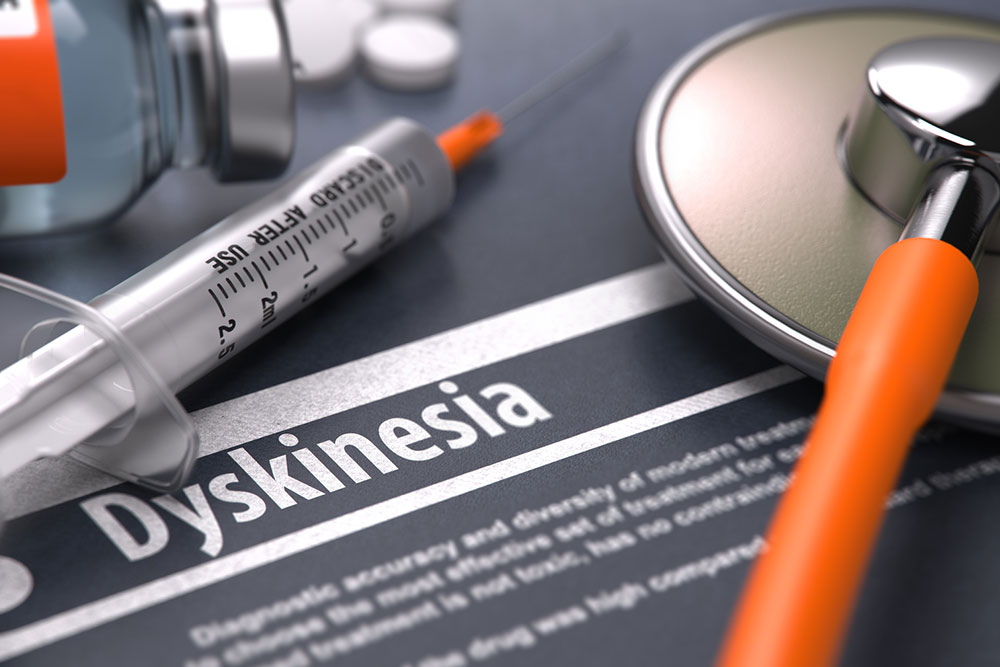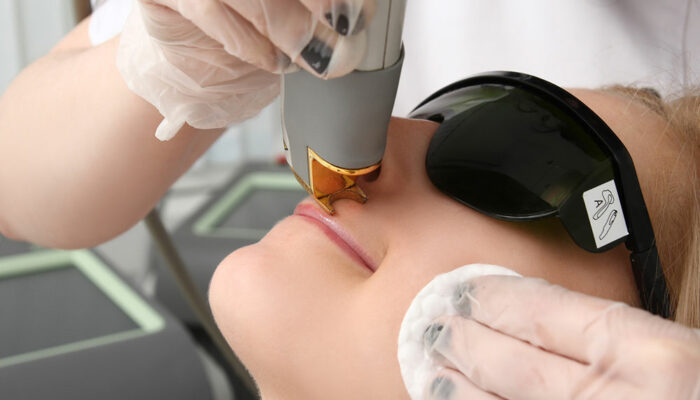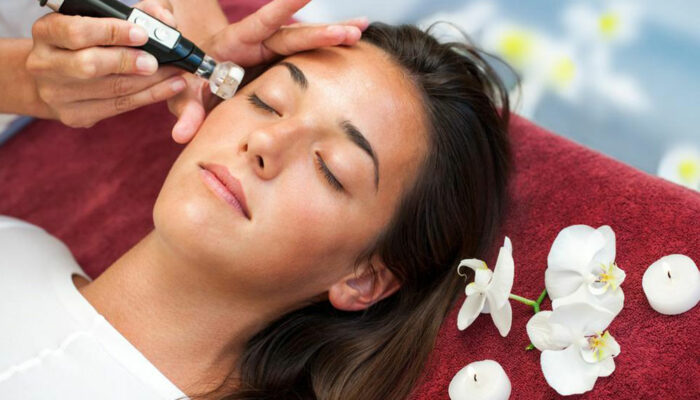
Things to Know About the Different Types of Dyskinesia
The symptoms of dyskinesia include uncontrolled, involuntary, and abnormal movements of some body parts. These indications of the health disorder generally start with minor tremors and shakes, which may become severe if left untreated. Like most other neurological diseases, dyskinesia too cannot be cured. However, you will be able to control the symptoms of this health condition by following some lifestyle tips for dyskinesia.
Based on its severity, most neurological specialists classify dyskinesia into four different types. They are as follows:
1. Parkinson’s dyskinesia
This disease happens to people who are diagnosed with Parkinson’s disease. Almost half of the people who are treated with Levodopa develop this health disorder within four to five years. Some of the common symptoms of this disease are swaying, head-bobbing, fidgeting, rocking, and wriggling.
2. Dystonia
It is characterized by persistent muscle contractions involving abnormal twisting movements that occur repetitively. People who are suffering from dystonia may also experience blepharospasms. Other symptoms like continuous blinking and writer’s cramps, which are associated with the inability to write due to abnormal hand posture or arm, are also visible among people who are suffering from this health issue. However, you will be able to control these unpleasant symptoms by following various lifestyle tips for dyskinesia.
3. Chorea
The signs of this type of dyskinesia include jerky movements that are sudden and continuous. In this disease, the face, limbs, and head are commonly affected. The symptoms of chorea can occur randomly on an alternate basis on both sides of the body or one side.
4. Delayed or tardive dyskinesia
Antipsychotic medications used for the treatment of mental conditions like bipolar disorder and schizophrenia can also cause jerky and stiff body movements by blocking the dopamine that interrupts with cellular communication. Older antipsychotic medications are more likely to cause dyskinesia than the new ones. Nevertheless, like the other forms of dyskinesia, it can also be treated by following lifestyle tips for dyskinesia. The symptoms of this health disorder include rapid blinking, sticking-out of the tongue, movements in the fingers, toes, and limbs, random movements of the tongue, jaw, and lips, waving of the hands or arms, and severe swaying movements of the torso or hips.
Studies have shown that the risk of developing delayed dyskinesia is greater in individuals who are suffering from diabetes or psychosis. Individuals suffering from schizophrenia are also more likely to get this disease.
Additional factors which increase the risk of getting tardive dyskinesia include:
- Being female
- Having an age more than 55 years
- Abuse of medications and alcohol
5. Spasmodic torticollis
The main symptom of this type of dyskinesia includes twisting of the head and neck. This disease can develop at any age and is caused by a shortened sternocleidomastoid muscle. Lifestyle tips for dyskinesia have the potential to lessen the severity of the symptoms of dyskinesia.
6. Ballism
This is defined by violent throwing around of the arms and legs. This disease affects both sides of the body and multiple limbs. It is caused by cerebrovascular events like stroke, brain injury, and suffocation.
So, these are some of the common types of dyskinesia. However, some other neurological disorders may also mimic these signs. Thus, if you or one of your family members is experiencing any of these symptoms, it is better to visit a doctor as soon as possible.



